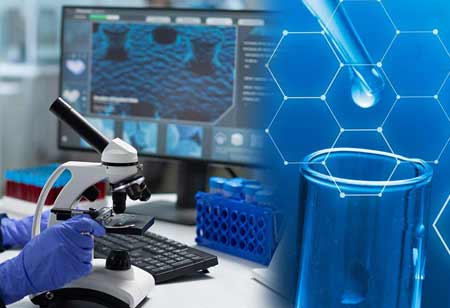Thank you for Subscribing to Healthcare Business Review Weekly Brief
Be first to read the latest tech news, Industry Leader's Insights, and CIO interviews of medium and large enterprises exclusively from Healthcare Business Review
Significance of Healthcare Logistics and Warehousing
Healthcare is one of the most dynamic and quickly expanding industries in the United States.

By
Healthcare Business Review | Tuesday, February 28, 2023
Stay ahead of the industry with exclusive feature stories on the top companies, expert insights and the latest news delivered straight to your inbox. Subscribe today.
The healthcare logistics market has an estimated CAGR of 11.67 percent between 2022 and 2027.
FREMONT, CA: Healthcare is one of the most dynamic and quickly expanding industries in the United States. Healthcare supply chain expenses are, on average, higher than those of other industries. Supply chain expenditures associated with transporting drugs, devices, and consumables to over 7,000 hospital receiving docks in the United States account for around 20-30 percent of hospital operations, or between $760 billion and $1.14 trillion. According to a recent survey, hospitals squander $25,4 billion annually due to inefficient supply chains.
COSTS OF HEALTHCARE LOGISTICS THAT ARE GREATER EQUAL INEFICIENCY?
The particular constraints put on medical items, equipment, and supplies necessitate more expertise, certification, and frequently specialized equipment than is typical for other supply chains.
Medical and healthcare logistics are highly regulated, requiring assets, systems, and skills that adhere to stricter criteria. Compliance with ISO 2000 compliance standards is one of the most crucial features of any healthcare logistics system. ISO 2000 is an international quality management systems standard (QMS). It provides firms with a framework for establishing and enhancing their quality management systems, facilitating customer satisfaction and regulatory compliance. By conforming to ISO 2000 standards, healthcare logistics firms have a system to give the best quality medical device delivery services.
Companies that deal with the distribution of medical supplies must maintain not just ISO 2000 standards but also the following accreditations:
ISO 13485: Systems for the quality management of medical devices
GDP is the Good Distribution Practice for medical devices.
Certification in Hazardous Materials Transportation (HMT) for the transport of hazardous medical equipment
Compliance with rules such as FDA's 21 CFR Part 820 and the European Union's MDR/IVDR (E.U.)
HEALTHCARE LOGISTICS AND THE ROLE OF 3PL INTEGRATED SERVICES
Outsourcing a company's shipping, storage, and inventory management services can help medical facilities save money on labor and equipment. In addition, this will enable medical and pharmaceutical producers to concentrate on their respective firms' core competencies.
The study emphasized the need to keep up with the most recent advancements in healthcare logistics. Businesses that want to survive and thrive in today's market must keep up with the latest technological developments, government regulations, and a customer wants and demands. This will allow them to anticipate future possibilities better and act upon them when they arise. This report gives insightful information regarding the significance of healthcare logistics in increasing market share and enhancing customer service.






